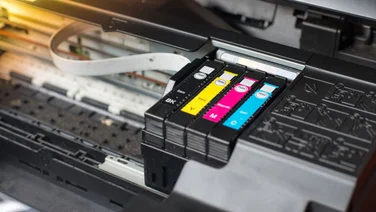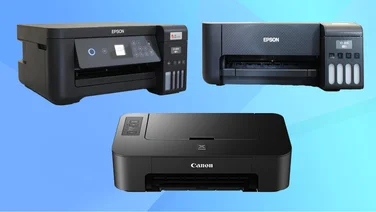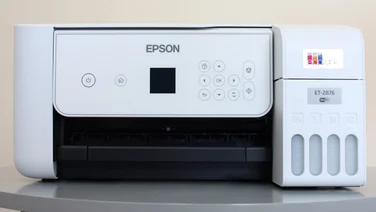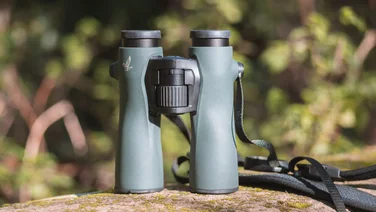To help us provide you with free impartial advice, we may earn a commission if you buy through links on our site. Learn more










Ricoh’s camera designers could never be accused of following the crowd, with just a small range of unusual cameras in stark contrast to most manufacturers’ prolific output of compact snappers. The CX4 is one of its more conventional models – its slim body and 10.7x zoom lens pitches it against around a dozen other compact ultra-zoom cameras, including the excellent Canon Ixus 1000 HS.

There’s still plenty to distinguish it from its peers, though. The sleek, minimalist design, elegant, efficient controls and superb 3in, 921,000-pixel screen resemble a serious piece of photographer’s kit rather than a point-and-shoot camera. That impression is backed up by a continuous mode that flies along at a staggering 5fps – a speed normally reserved for upmarket SLRs.
It’s less easy to distinguish the CX4 from its predecessor, the CX3. Its corners are a little more rounded, but we question the logic behind losing the texture on the slim handgrip – the smoother design may look smarter but it isn’t as secure in the hand. Ricoh claims that the image-stabilisation system is improved. It’s hard to measure this definitively, but our tests suggested a small improvement when taking photos at the full zoom extension at shutter speeds from 1/60s to 1/15s.
Autofocus options now include subject tracking, which follows moving subjects while the shutter button is half pressed. There’s also a range of new scene modes including toy camera and soft focus, plus one that aligns and combines multiple exposures captured in quick succession to reduce noise. It worked well as long as the subject was static. The biggest change is the price. While the CX3 cost £300, the CX4 is much more competitive at £229, undercutting the Ixus 1000 HS by around £30.

It’s disappointing that manual exposure controls remain absent. This camera is packed with advanced options that will appeal to photography enthusiasts, such as exposure and white balance bracketing, variable noise reduction and a customisable upper ISO limit for the Auto ISO mode. Most people who appreciate this level of control will also expect direct access to shutter speed and aperture, though.
Ricoh deserves praise for sticking with a 10-megapixel sensor, when most of its competitors succumb to ill-advised marketing pressures – fitting 12-, 14- and even 16-megapixel sensors in their compact cameras. As a result, there’s less noise and more detail in low-light shots than most compact ultra-zoom cameras manage. It’s not quite up to the standards of the Ixus 1000 HS, though. We put that down to Canon’s superior noise reduction as much as anything. The CX4’s pictures remained sharp and detailed at ISO 400, but at ISO 800 and 1600, fine details took on a strange blocky appearance. Turning up the noise reduction to Max improved matters greatly, although this option isn’t available in continuous or scene preset modes.
Digital correction is used to counteract lens distortions, but it’s a little distracting that this isn’t applied to the preview image – as a result, the preview and captured photo are slightly different. Distortion correction isn’t applied at all when shooting in continuous mode or for video capture. We also experienced a bug whereby the processing over-corrected and turned barrel distortion into heavy pincushion distortion, although it only happened on one occasion.

Otherwise, image quality was excellent, with highly effective automatic white balance and well-judged automatic exposures. The only exception was for flash photography, which overexposed nearby subjects and used unnecessarily high ISO speeds, resulting in noisy pictures. Unlike the CX3, the CX4’s lens maintained sharp focus at the full zoom extension. Video capture is at 720p and both picture and sound quality were high. Focus and zoom are locked during capture, though, and adjusting the zoom rocker applies an ugly digital zoom.
The CX4 can’t match the Ixus 1000 HS for photo or video quality, but there’s not much in it for photos. Its controls are more plentiful and accessible, its screen is more detailed, its continuous performance is twice as fast and it doesn’t suffer the Ixus’s poor battery life. We’d still stick with the Ixus on balance, but the CX4 takes a close second place.





